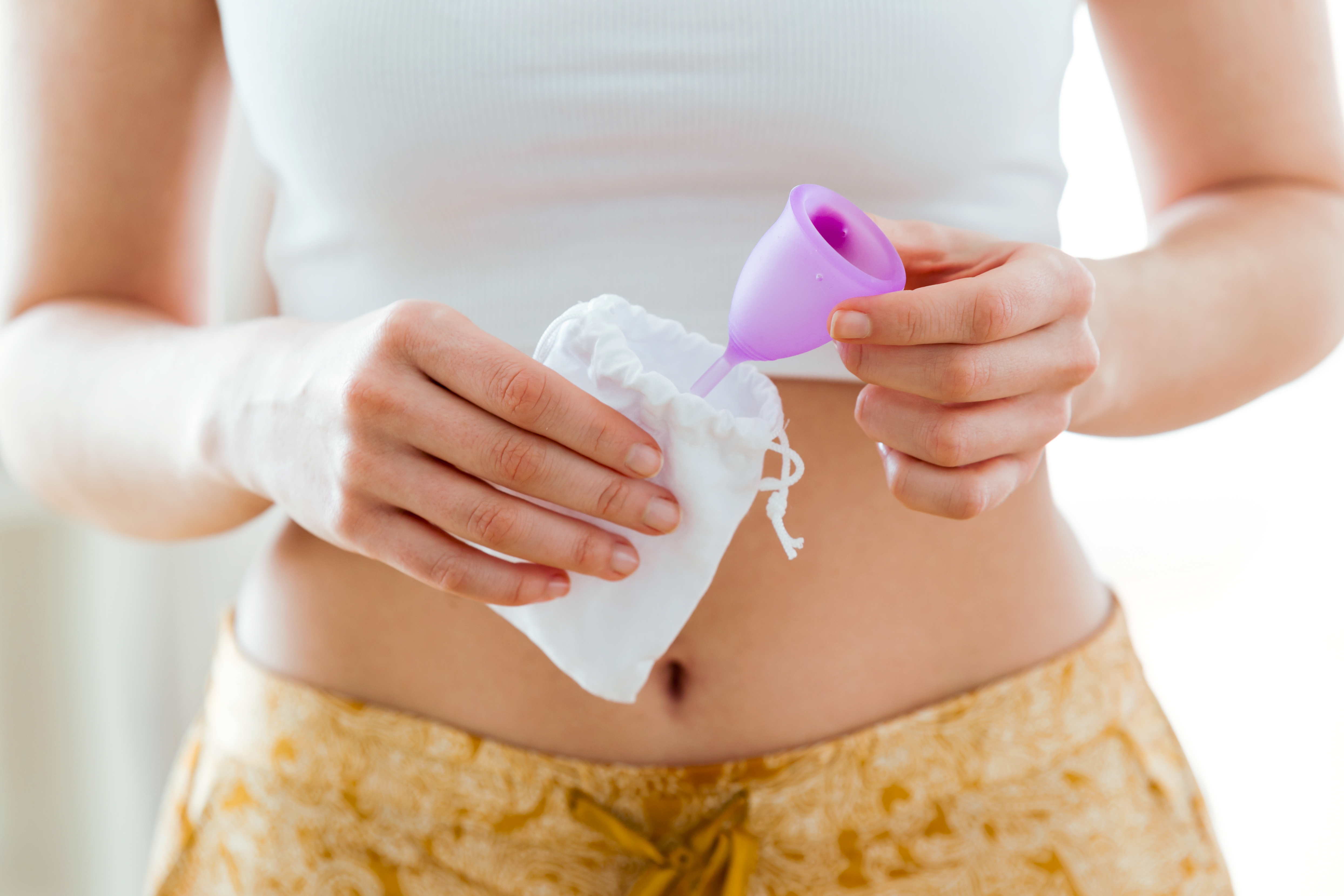After toxic shock syndrome was discovered back in the 1970s, people started to develop alternative feminine hygiene products. One product, the menstrual cup, seemed to be a safe option for women. However, research is now showing that the menstrual cup can put women at risk for toxic shock syndrome, too.
While many feminine hygiene products have improved, many are far from perfect because they can include some pretty toxic substances, including highly toxic dioxins and plasticizing chemicals, like BPA and BPS.
So, menstrual cups seem like a great option. Most are flexible and reusable, made with silicone to fit inside a woman’s vagina and collect menses during her period.
However, a new study in Applied and Environmental Microbiology, is sounding the alarm on menstrual cups. In the study, researchers examined 11 types of tampons and four menstrual cups. They explored whether these 15 products encouraged the growth of Staphylococcus aureus, a bacteria that leads to toxic shock syndrome.
At the conclusion of their study, researchers shared that “We observed higher S. aureus growth and toxic production in menstrual cups than in tampons,” and that “our results do not show that menstrual cups are safer than tampons and suffuse they they require similar precautions.”
That’s because menstrual cups, like tampons, introduce oxygen into the vagina, making it easier for S. Aureus to grow to toxic levels, according to Patrick Schlievert, Ph.D., the chair of microbiology at the Carver College of Medicine at Iowa University.
What’s more, the bacteria, which can collect on the cup, can then be reintroduced into he vaginal canal when the menstrual cup is reinserted.




